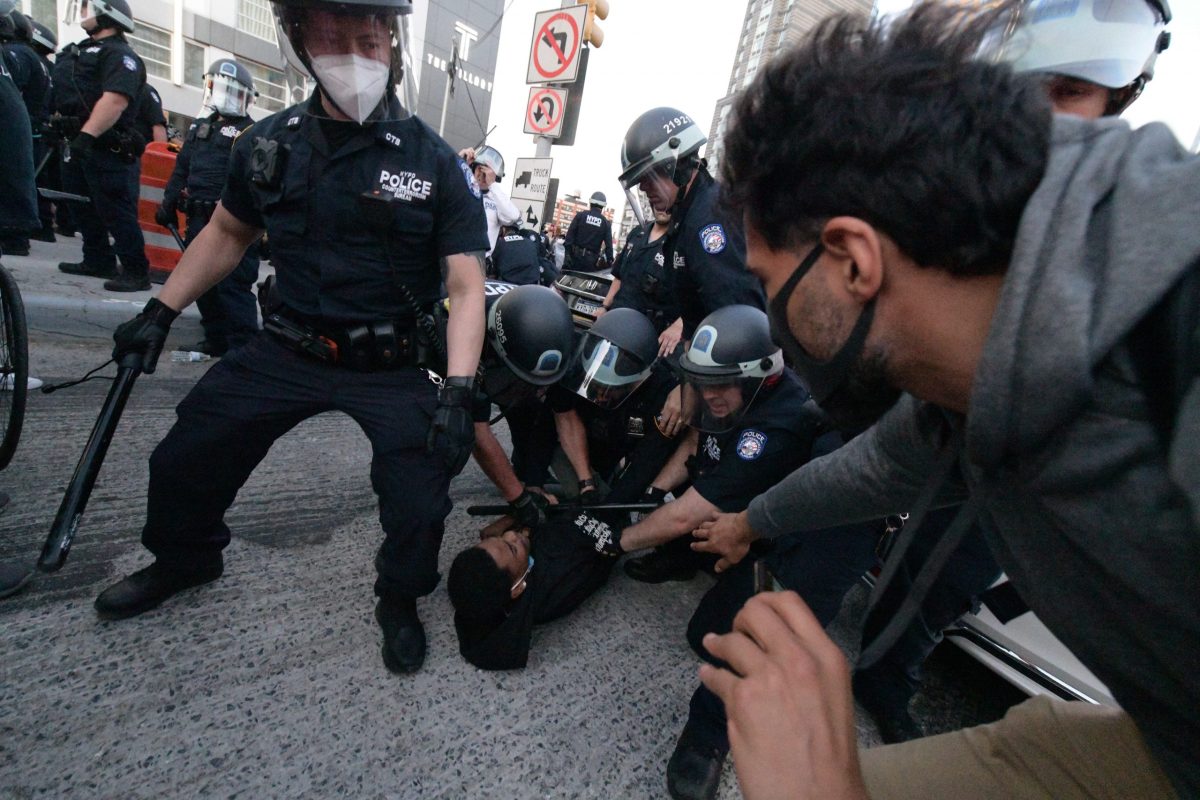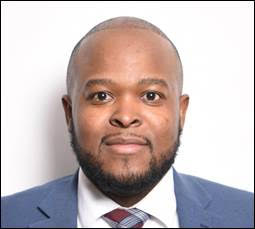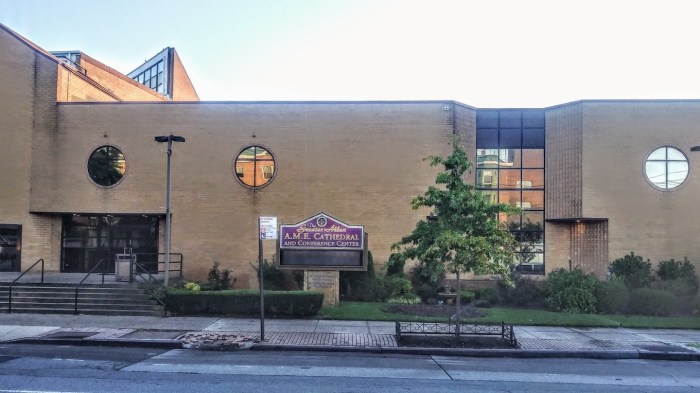Governor Andrew Cuomo said Monday that the nightly protests in New York City over the police-involved death of Minneapolis’ George Floyd are “counterproductive” to both the cause of justice and the city’s battle against the COVID-19 pandemic.
Cuomo told reporters at his daily press briefing that he would speak with Mayor Bill de Blasio about possibly implementing a curfew in New York City following more looting and vandalism that took place Sunday night during demonstrations in Brooklyn and Manhattan. The National Guard is on standby and could be sent to the city if necessary.
While expressing support for the protesters and their desire for change, the governor suggested that bad actors are hijacking the nightly protests to cause mischief. The disturbances, Cuomo said, both undermine the protests’ mission and create scapegoats for opponents of fundamental change.
“I don’t even believe it’s the protesters. I believe there are people who are using this moment and using the protests for their own purpose,” the governor said. “There are people who want to sow the seeds of anarchy and want to disrupt. There are people who want to steal. And here’s the moment where you can use the moment to steal, to spread chaos.”
He also expressed concern that the mass gatherings — even as many protesters take precautions such as wearing masks — might lead to another spike in COVID-19 cases. The pandemic effectively shut the state down for weeks, but COVID-19 cases have dropped dramatically. Just 54 deaths were recorded Sunday, and less than 1,000 of the 50,000 tests for COVID-19 on May 31 had come back positive.
“We’re talking about reopening in New York City in one week, and now we’ve seen these mass gatherings that could exacerbate the COVID-19 spread,” said Cuomo, referring to the scheduled June 8 target date for the five boroughs’ first phase of reopening. “This could be potentially infecting hundreds and hundreds of people after everything we’ve done. We have to take a minute to ask ourselves, what are we doing here?”
Cuomo also took the NYPD to task for some actions which, he charged, have “exacerbated the anger.”
“There are videos of some NYPD actions that are very disturbing,” he said. “There are videos of NYPD cars driving into a crowd that are very disturbing, pulling a mask down to pepper spray a person, throwing a woman to the ground. It’s on video. The looting is on video, but so is the NYPD activity.”
Since Thursday, protesters across the city have marched calling for an end to police brutality and justice for the victims of it. They’ve chanted the names of George Floyd and others who have died without just cause in police actions across the United States.
Though the anger and outrage have been made clear — and are justified, Cuomo observed — the governor suggested that the protests haven’t “articulated” what needs to be done to bring about the desired change.
“We haven’t articulated what the protests are about besides unhappiness and outrage. We haven’t said this is what we want done, here’s the agenda,” he said Monday.
To that end, Cuomo presented something that could be used as a blueprint for activists and elected officials across the country alike to bring about such change: a “Positive Reform Agenda.”
The agenda calls for the following:
- A national ban on police use of excessive force or chokeholds;
- Independent investigations of police abuse;
- Disclosure of disciplinary records of police officers under investigation;
- Education equity, or boosting resources for schools in low-income neighborhoods;
- An anti-poverty agenda designed to boost economic opportunity for all; and
- A national affordable housing program.
“Let’s use this moment as a moment of change,” Cuomo said. “When does change come? When the stars align and society focuses and the people focus to such an extent that the politicians follow the people. That’s when change comes. Some say, ‘Well, the leaders lead.’ Baloney. The people lead, and then the politicians see the people moving, and the politicians run to catch up to the people.”
Giving my daily press briefing now. Watch Live: https://t.co/FTzeul5t6a
— Andrew Cuomo (@NYGovCuomo) June 1, 2020



































